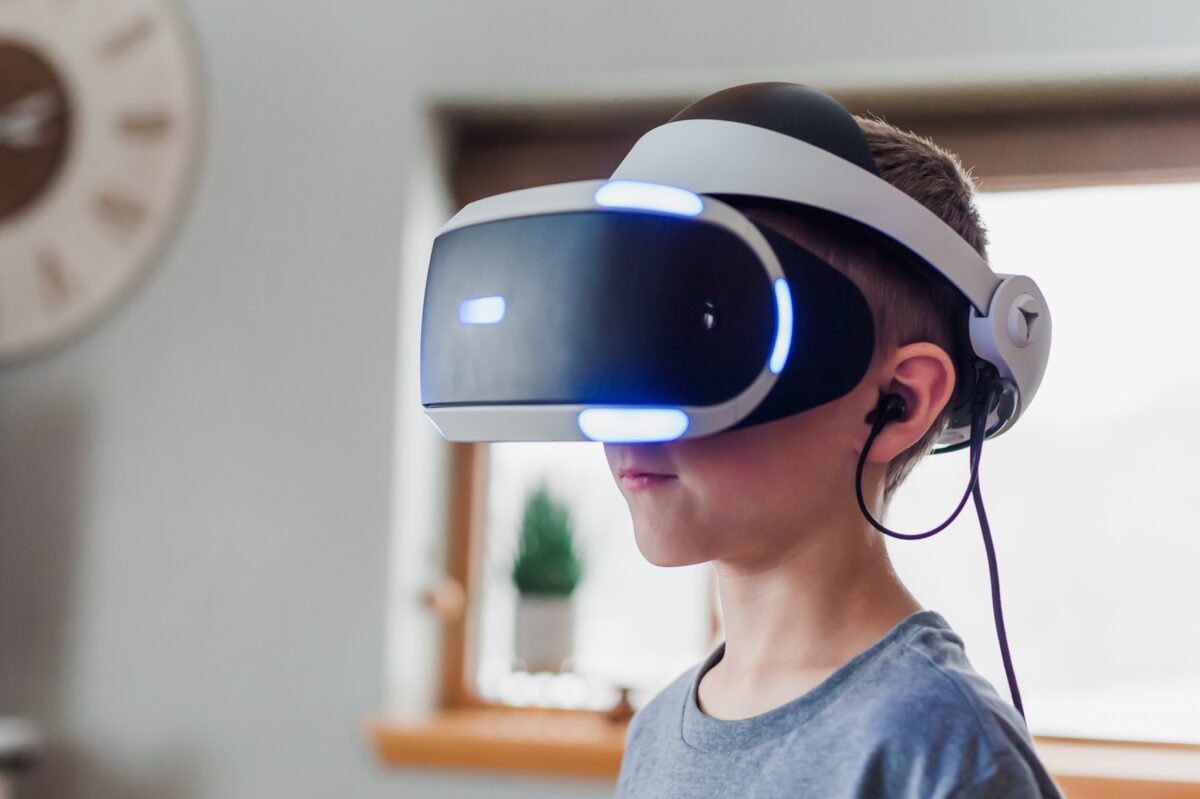Most people nowadays probably heard about Virtual Reality (VR) or Augmented Reality (AR). Some might even heard about Mixed Reality (MR). But how many of your heard of Extended Reality (XR)?
First, let’s take a step back. To understand the concept of XR, one needs to understand the three current main components of XR, namely VR, AR, and MR:
- Virtual Reality
The idea is to create applications for tools like headsets, to fully immerse users in a computer-simulated reality. Oculus Rift is probably the most known supplier of a VR headset. With the use of sounds and images, the headset engages all five senses to create an interactive virtual world. - Augmented Reality
Rather than creating a whole new “world”, AR is merging the real with the digital world. It does so, by overlaying digital graphics and sounds into real-world environments, usually by using cameras of phones or tablets. The most commonly known applications using AR are Pokémon GO and Snapchat. - Mixed Reality
MR can be located somewhere between VR and AR. The idea is to merge real and virtual worlds into complex environments in which digital and physical elements can interact. Like VR, the content is interactive for users to manipulate digital objects in a physical space, and like AR it uses the idea of placing virtual content in a real-world environment. A product that is making use of MR is Spectator View, a complement of Microsoft for their HoloLens AR product.
So what is Extended Reality (XR)?
XR is the umbrella term to summarize all those immersive technologies as well as all future technologies ones to come. The idea of XR is to summarize a fundamental shift in how people will be interacting with media in the future. It won’t be crucial anymore in which distinct technology is being used. The focus will lie on the fact of whether a technology within XR was used or not. Further, XR helps to create a market that can be estimated. By 2022, the XR market size is estimated to be more than $209 billion, compared to $27 billion in 2018.
But where will XR be used?
Right now, several industries show potential to adopt XR, with the currently most impacted being:
- Entertainment
- Marketing
- Training
- Real Estate
- Remote Work
The part which was most interesting to me while researching XR was its impact on Remote Work. With Corona being in place and employers and employees seeking efficient and feasible ways to stay productive while adhering to the rules and regulations, digital processes are on the rise. XR, with its multiple fields of usage, poses a great opportunity for businesses to stay competitive, even though personal interaction might be negatively impacted long-term by Corona.
Physical and virtual worlds are merging more and more and more developments in the area of XR are increasing, showing huge potentials of new business models and user experiences. However, the emergence of XR also calls into question, how personal interaction, especially in a professional environment will develop. Will people-business in 20 years be the same with face-to-face interaction and physical meet-ups or will XR also have a crucial impact on personal interaction?
What do you think? Might we one day live lives like in Steve Spielberg’s movie “Ready Player One”?
Sources:
https://www.fingent.com/blog/5-real-world-applications-of-extended-reality/
https://www.forbes.com/sites/bernardmarr/2019/08/12/what-is-extended-reality-technology-a-simple-explanation-for-anyone/#6c862c3e7249
https://www.visualcapitalist.com/extended-reality-xr/
https://medium.com/predict/extended-reality-is-the-frontier-of-the-digital-future-a2c05785fc72


Thank you Leonardo for all of this information concerning Extended reality. A lot of people are still confused with the subtile differences between the different kinds of XR, but this provides a clear outline of the major concepts. The market size estimated is huge and could impact a lot of industries and create lots of job opportunities. Remote Work is indeed a very interesting way of applying XR as lots of companies will start realizing the benefits of the later and will thus consider investing in remote work. This would still provide the employees with a “real-word” experience but at home, which will cost significantly less to offices who will not pay rent anymore.
Dear Amandine,
thanks a lot for your comment! You’re totally right, XR and remote work will definitely have and impact on how companies will manage their offices, probably requiring less space and therefore saving costs. Further, with the reduced need for office building space, a positive side-effect of XR could be, that unused office space is transformed into apartments which could tackle the current shortage of real estate especially in urban areas.